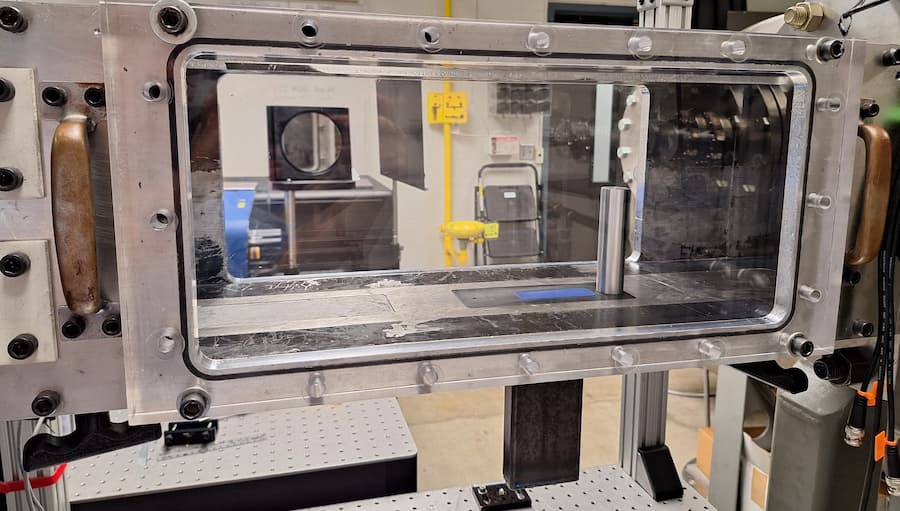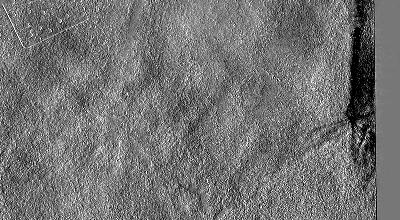Posted on March 31, 2025 by Sean M. Wood

Bilayer phononic metamaterial used to stabilize shockwave and boundary-layer interactions in hypersonic flows.
A team of aerospace and mechanical engineering researchers from the Klesse College of Engineering and Integrated Design will have their work published in Matter, one of the most frequently cited journals in the field of materials science.
The paper "Stabilization of Hypersonic Shock-Wave/Boundary-Layer Interactions with Phononic Metamaterials" will be published on March 31.
“This is foundational work, which is a big part of why this is getting published in a high-impact journal,” mechanical engineering post-doctoral student Juan David Navarro said. He is the lead author of the paper. “No one has really looked at stabilizing materials used for hypersonic travel this way.”
Hypersonic travel refers to speeds over five times the speed of sound or exceeding 3,750 mph.

Schlieren imaging visualization of hypersonic flows using a bilayer phononic metamaterial
“When materials go that fast, you would expect them to heat and vibrate a lot because of the friction of the air,” Navarro said. “Vibrations and high temperatures can destroy these structures. We’re working to manage these vibrations and control these materials by modifying their geometry.”
Dr. David Restrepo, associate professor of mechanical engineering and Navarro’s advisor, said this paper represents the first use of phononic materials for hypersonic applications.
“This is high-quality research we’re doing with UTSA researchers at UTSA facilities,” Restrepo said. “This work is an excellent example of where UTSA is going. Having it in this publication is a demonstration of that excellent work.”

Test setup in UTSA’s Mach 7 wind tunnel

